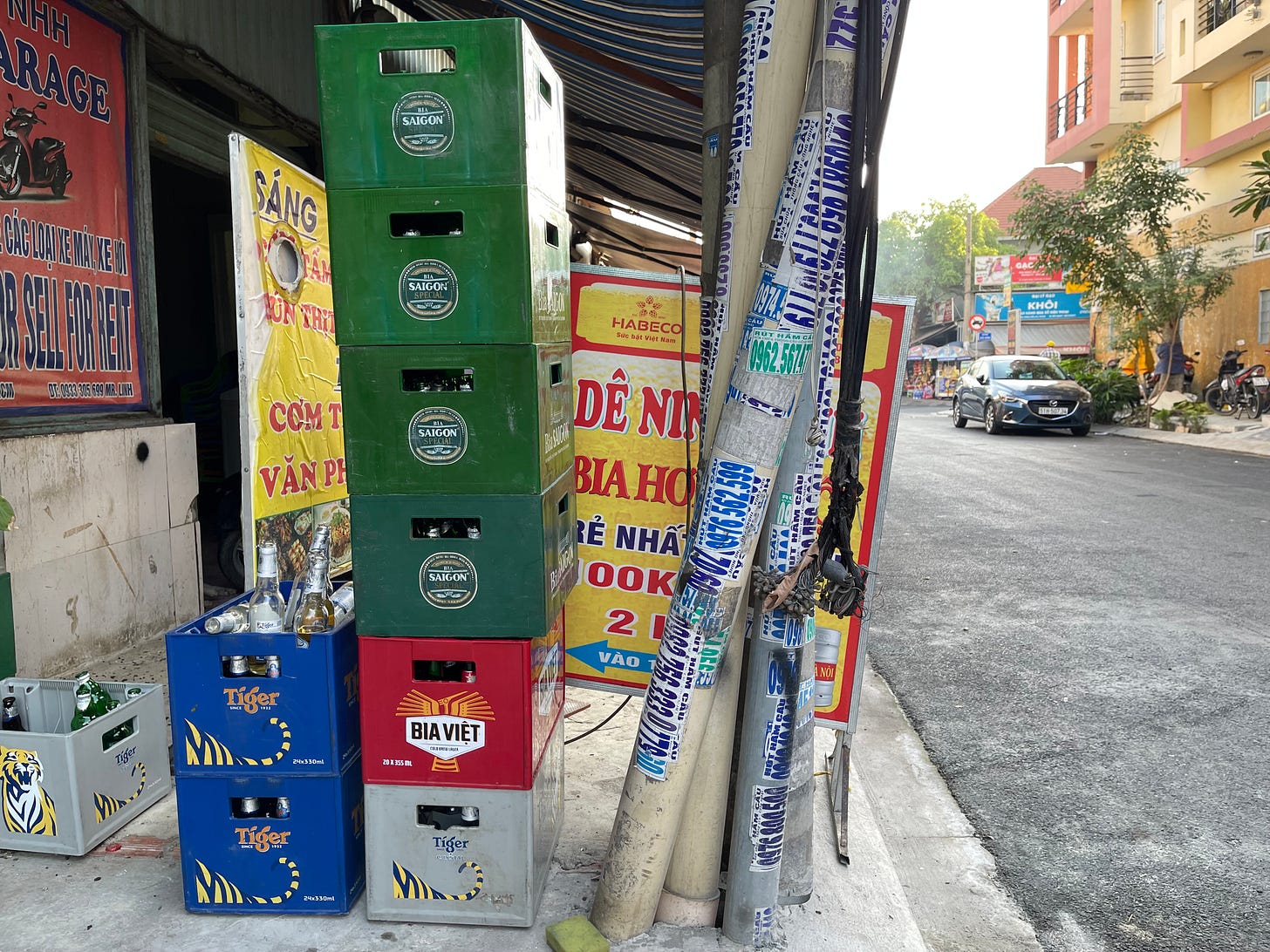Good morning! Hello to new readers, and welcome to the latest edition of the Vietnam Weekly, written by reporter Mike Tatarski. Today’s newsletter is exclusively for paying subscribers, and is something I hope to do more of this year: cover a social issue while drawing in related economic/business trends to paint an overarching picture.
If you haven’t already, you can upgrade to a paid subscription to receive all weekly subscriber-only articles, access the newsletter archive dating back to mid-2018, and more for US$8/month or US$90/year below. The Vietnam Weekly is entirely supported by subscriptions.
On to the news.
In early December, I wrote about the high-profile drunk driving crackdown that began here in Ho Chi Minh City and was, at that point, a few weeks old.
Blowback against the campaign’s methods had started to emerge and I closed by wondering “whether criticism of this crackdown continues and if this spurs any long-term change in attitudes toward drunk driving.”
It may be years before an answer to the latter point emerges, while the campaign continues to expand, evidently shrugging off any previous criticism.
The numbers, meanwhile, are incredible: according to the Division of Guidance on Propaganda, Investigation and Resolution of Traffic Accidents, roughly 770,000 drunk driving violations were recorded last year, 1.5 times more than in 2022 and more than in 2020 and 2021 combined.
Granted those last two years include the pandemic and various lockdowns, but still.
It’s not clear how many of those 770,000 violations were recorded after this ongoing crackdown began in November, but a six-week campaign from August 30 to October 15 reportedly netted over 6,100 DUI violations, including several hundred government employees.
While the general public appears to back the campaign - understandable given how many people die in alcohol-related accidents every year - it’s having some unintended side effects.
Keep reading with a 7-day free trial
Subscribe to Vietnam Weekly to keep reading this post and get 7 days of free access to the full post archives.


